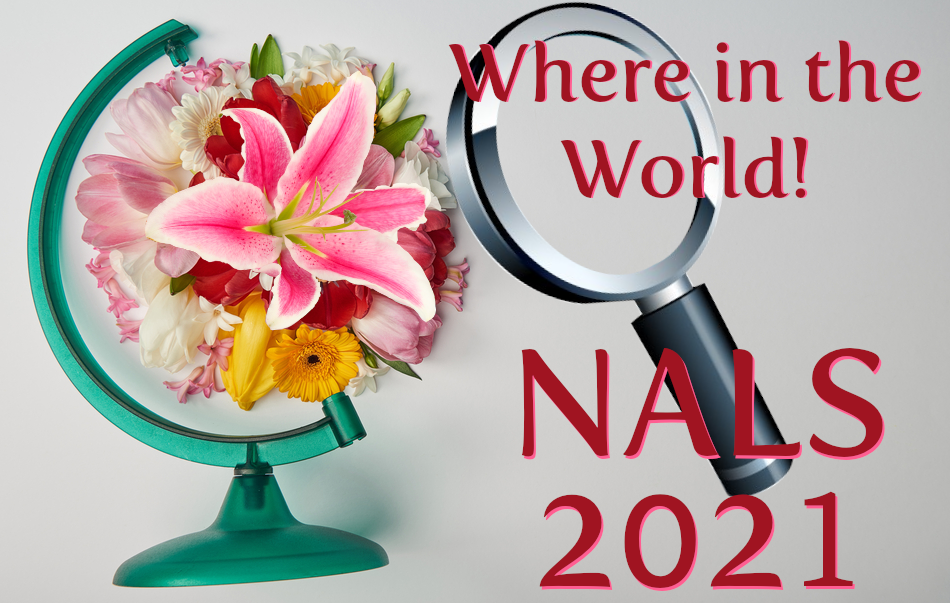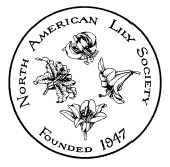Your current browser does not support 'Semantic HTML' or 'CSS Grid'. Please upgrade your browser or use a Chrome or Firefox browser when viewing our website.
Darm Crook
Growing European Lilium Species
Darm Crook was born 1945 and raised on a farm near Humboldt Saskatchewan. The farm garden always had a few lilies growing in it and L. philadelphicum growing wild. Until 1959 when he first saw some of Dr. Cecil Patterson hybrids he had thought all lilies were up facing. Upon seeing his first down facing lilies those became the lilies of choice for him.
Married in 1965 and planted his first lilies that fall. At that time he grew lilies simply for their aesthetic value. Over the years he thought what would be the results if I crossed those two lilies or maybe those ones. However that never happened until the early 1980`s. He is not sure exactly what year his first hybridizing efforts were under taken. He had great success in germinating his own first ever hybrid seed but they were all lost to their first winter under the snow bank; so then the learning curve started. Most everything he has learn has be learnt by trial and error; no other lily growers experienced or otherwise were in the area. So copious notes were kept and can still be referred to at this time. The hardest learning curve was the germinating and growing of Western North American lilies plus L. nanum.
Once the first crossing were accomplished and the kinks of growing lilies from hybridised seed in his zone 1 Hay River NWT Canada gardens were worked out some crosses were made and new hybrid seed was grown every year. By this time Darm was also actively working to obtain and grow the various Lilium species. His first species grown were L. dauricum; L. pumilum; L. davidii and L cernuum of course crosses were made with these lilies as well both species x species and species/hybrid crosses.
Growing Lilium species became more important to Darm then making hybrid crosses however hybridizing was never set aside. He believes most Lilium species are totally cold hardy and if given the proper soil type and ph plus meeting their general needs the lilies will survive and multiply by self production of clones and setting seed. At present he has about 2500 of his own Asiatic hybrids growing, 1000 or so Martagon hybrids, a couple 100 European hybrids, a few trumpet hybrids and 100 or so North American hybrids, a combination of both Eastern and Western.
For Species he grows 47 with 58 varieties and 4 subspecies broken down as follows.
17 Asiatic plus 32 varieties
9 European plus 6 varieties and 2 sub species.
5 trumpet and 2 varieties
1 martagon and 10 varieties plus 1 sub species and three other martagon family members L. Hansonii and a variety; L. tsingtauense and L. distichum.
12 North Americans [3 Eastern and 9 Western] plus 8 varieties and 2 sub species.
Darm is of the opinion that anyone embarking on hybridizing lilies should not be afraid of re-inventing the wheel. While doing this you can also work with the finished products that are on the market. The reinventing of the wheel will give you an understanding of what you can expect from the various species when crossed. This information is invaluable in his opinion.
Many people say lilies are hard to grow Darm is of the opinion that they are easy; just meet their growing needs with your soil and watering regime Being cold hardy they will do the rest of the work.
Over the years of his gardening efforts Darm has tinkered with hybridising Roses, Irises, Amaryllis, Aquilegia, Poppies, and Delphiniums with his Delphinium efforts giving him black as well as brown Delphiniums in the mid 1990`s. He still grows black delphiniums.


